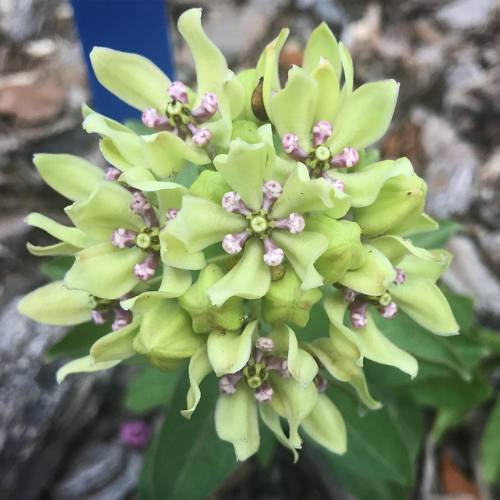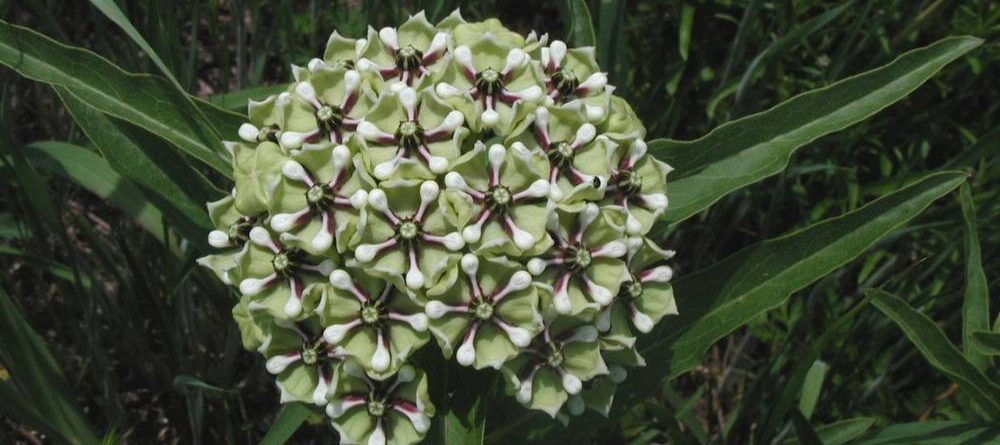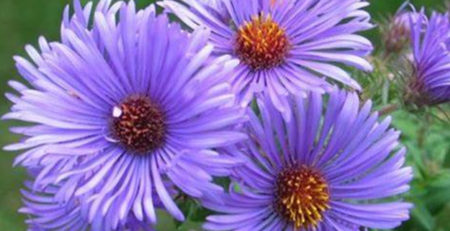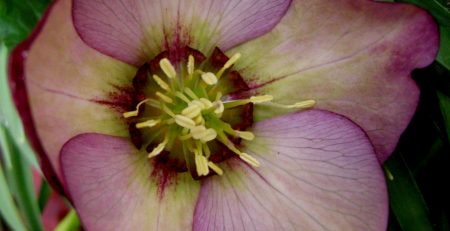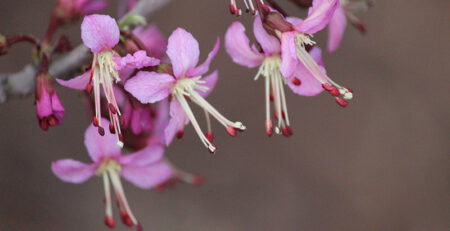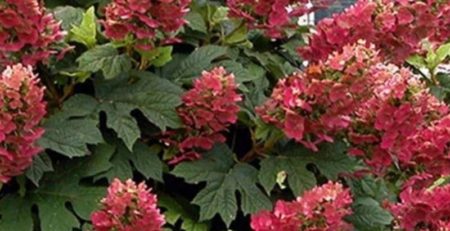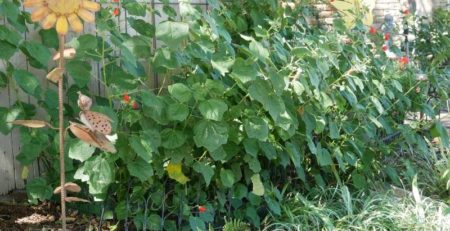Antelope Horns Milkweed (Asclepias asperula)
Plant Description:
Presenting itself in early spring as nourishment for migrating monarch butterflies and other beneficial pollinators, ‘Antelope Horn Milkweed’ enhances natural garden spaces. This plant trails along the ground, reaching a height of 2-3 feet and spreading 3 feet or wider. The creamy round clusters of white-to-greenish flowers have lovely maroon or purple-hued centers. The interesting blooms are attractive in fresh or dried flower arrangements and gradually transform into seed pods, which bear a resemblance to antelope horns. Hardy throughout USDA zones 7-9, this plant thrives in sunny to partly-shaded areas of the garden. The stems and leaves of ‘Antelope Horn Milkweed’ historically were chewed by Native Americans to alleviate sinus infections or brewed into teas for the treatment of heart disease. Various parts of the plant are used currently to produce items such as chewing gum, cloth, paper, and liquid soap. The flowers, buds, and shoots are reported to taste like common edible vegetables, such as peas, asparagus, or spinach when cooked, and add flavoring to syrups and soups. ‘Antelope Horn Milkweed’ is native to the southwestern United States and northern Mexico.
Propagation & Planting:
‘Antelope Horn Milkweed’ thrives in any well-drained soil, and while tolerant of some shade, the plant will perform its best with 6-8 hours of direct sunlight daily. Seed may be collected in late summer and planted in spring or fall to a depth of approximately 1/8 of an inch. Seed will germinate best if soaked overnight in warm water. New plants should remain evenly moist until well-established. ‘Antelope Horn Milkweed’ may also be propagated in late spring by gently removing a ten-centimeter-long section of tender, white root, making sure to cut just below a node. The root cutting may then be planted directly into moist soil.
Plant Care:
‘Antelope Horn Milkweed’ requires well-drained soil and thrives with 6-8 hours of direct sunlight daily. This plant soon develops a deep tap root, which allows it to easily survive dry conditions; however this plant cannot be easily transplanted without causing root damage. ‘Antelope Horn Milkweed’ should only be watered when the top two inches of soil has been allowed to completely dry. This plant has a spreading habit, and may require a garden barrier to keep it from sprouting into areas where it is not wanted. The prompt removal of fallen seed pods from the ground will also assist in preventing the plant from reseeding too aggressively.
Fertilize:
‘Antelope Horn Milkweed’ does not require fertilizer.
Common Name: Antelope Horns Milkweed, Antelopehorn Milkweed, Antelope Horns, Spider Antelope Horns, Spider Milkweed, Green-flowered Milkweed, Trailing Milkweed, Immortal
Botanical Name: Asclepias asperula
Category: Perennial
Lifecycle: Perennial
Hardiness Zones: 7A – 9B
Sun: Full Sun (6+ hours of sun per day) , High Sun (4-6 hours of sun per day)
Water: Low
Soil: Adaptable
pH: Adaptable
Height: 2 to 3 ft
Spread: 2 to 3 ft
Spacing: 1 to 2 ft
Growth Rate: Slow
Bloom Time: Summer
Bloom Color(s): White, Purple, Green
Leaf Shape: Obovate
Leaf Arrangement: Opposite
Leaf Retention: Evergreen
Fruit: Showy
Miscellaneous: Tolerates poor soil
Prune:
By cutting back one ‘Antelope Horn Milkweed’ plant at a time and leaving others in the garden to munch on, tender new growth will be available as nourishment for Monarch caterpillars throughout the summer. Tall stems should be cut back to about 6 inches in winter to encourage Monarchs to migrate. If the butterflies remain to colonize over the winter, their population may be at risk for the transmittal of a dangerous parasite called Ophryocystis elektroscirrha, or OE, which can destroy the caterpillars and weaken the butterflies. Excessively cold temperatures also inhibit the butterfly’s ability to fly. It is vital to the health of the Monarch population to encourage traditional migration patterns.
Pest & Disease:
‘Antelope Horn Milkweed’ is commonly affected by aphids, which may be rinsed away be a strong spray of water or treated, if necessary, by an insecticidal soap, applied according to the product label directions.
PlantTAGG® is the most technically advanced mobile solution for helping gardeners learn about and care for their plants. PlantTAGG’s goal to educate gardeners blends seamlessly with the mission of the Master Gardener program to provide research-based horticultural information to the residents of Dallas County and beyond. To set up your own yard, download the PlantTAGG app.
